History of Fatigue
1678 – Sir Robert Hooke proposes Hooke’s Law, establishing linear elastic relationship between stress and strain.
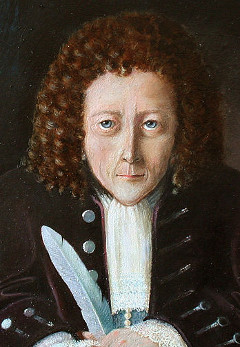
Sir Robert Hooke, 1635-1703
Hooke was involved in the study of many fields, including mechanics, gravitation, microscopy, and more. In 1680, he observed nodal patterns in a plate of glass covered in flour by running a bow against it.
1839 - Jean-Victor Poncelet, designer of cast iron axles for mill wheels, officially used the term "fatigue" for the first time in a book on mechanics. Jean-Victor postulated that the axles became tired, or fatigued, after a period of usage before breaking.
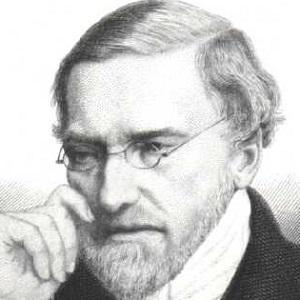
Jean-Victor Poncelet, 1788-1867
Jean-Victor Poncelet was also a military engineer in the French Army under Napoleon Bonaparte. He was held as a prisoner of war by the Russians from 1812 to 1814.
1842 – The Versailles train crash of 1842 is often pointed to as the beginning of understanding the mechanism of cyclic fatigue.
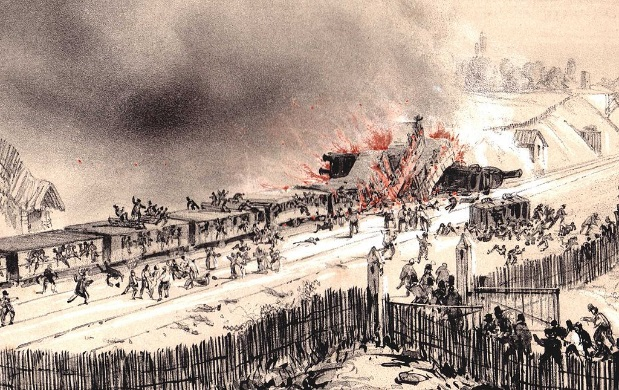
Versailles train crash of 1842
The axle of a locomotive broke unexpectedly, resulting in the deaths of over 50 people. It was poorly understood at the time that the accumulation of many small stress cycles could lead to a crack and sudden failure in a metallic part.
1867 – At the Paris Exhibition of 1867, August Wöhler presents his work on metal fatigue curves (called either Wohler curves or SN Curves) that relate the number of stress cycles to failure.
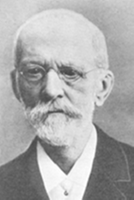
August Wöhler, 1819-1914
These curves were a direct result of the investigation into the Versailles train crash. Wohler developed an apparatus to apply repeated loads to railroad axles and chart the relationship between load level and number of repeated cycles to failure.
1899 – Goodman-Haigh diagram proposed to quantify the interaction of mean and alternating stress on fatigue life of a material.
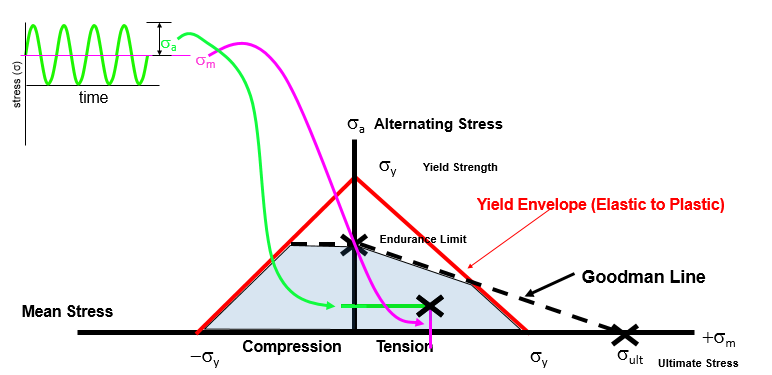 L
L
Light blue area of Goodman-Haigh Diagram is safe operating stresses
The diagram indicates a safe envelope of operation for the alternating and mean stresses of a given material for infinite life.
1910 - O.H. Baskin defined the shape of a typical S-N curve by using Wöhler's test data and proposed a log-log relationship.
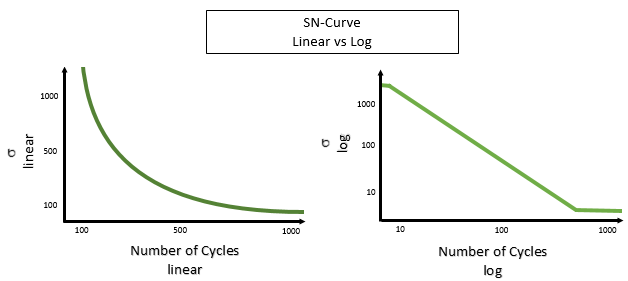
Linear versus log-log relationship of number of cycles to stress level
This log-log relationship means that a small change in stress level makes a big change in life (number of cycles).
1933 – Maurice Anthony Biot (a graduate of the Catholic University of Leuven, Belgium) describes the Shock Response Spectrum (SRS) in his Ph.D. thesis from the California Institute of Technology. This is the first published reference to the Shock Response Spectrum.
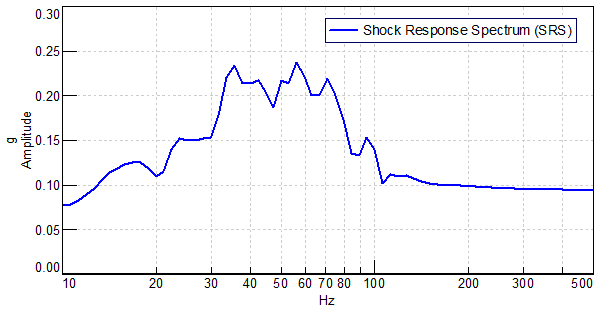 Acceleration based Shock Response Spectrum
Acceleration based Shock Response Spectrum
The SRS was initially developed to understand the damage potential of earthquake vibrations.
1938 – Modern bonded wire resistant strain gauge invented by Edward E. Simmons of the California Institute of Technology (Caltech) and Arthur C. Ruge from the Massachusetts Institute of Technology (MIT) independently.

Three strain gauges in rosette arrangement on beam
MIT released the rights to Ruge's invention, saying that, while “interesting,” the strain gauge didn’t show much potential.
1945 – M. A. Miner makes popular a damage model first proposed by A. Palmgren in 1924. The damage model is called Miner's rule or the Palmgren-Miner linear damage hypothesis.

Miner’s Rule and Damage Tally
Miner’s rule is a linear damage accumulation model where fatigue failure occurs when damage is equal to 1.
1951 – Swedish mathematician Waloddi Weibull presents paper on the Weibull distribution to the American Society of Mechanical Engineers (ASME).
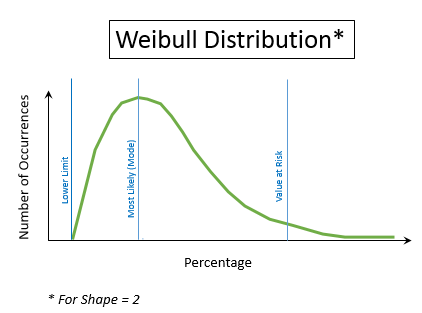
Weibull Distribution for shape function equal to 2
Weibull carried out thousands of tests on bolts and aluminum to develop a statistical probability distribution for failures. He found that fatigue failure probabilities could not be described using classic Gaussian distributions, and instead developed his Weibull distribution which included a shape function.
1954 – Three different de Havilland COMET aircraft, the world's first pressurized plane, breakup in mid-air within approximately one year of each other. During the subsequent crash investigation, it is determined that the escape hatch windows on top of the plane, with their square design, were the cause.

Stress concentrations created by geometry
The windows were square with sharp corners, creating a stress concentration area. Under repeated cycling from pressurization, cracks would initiate at the corners. Subsequent designs used rounded windows to reduce the stress concentrations.
1954 – Manson-Coffin relationship established to describe fatigue behavior in the low cycle, plastic region of materials where strain governs the fatigue life.
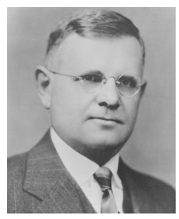
L.F. Coffin
S.S. Manson of NASA Lewis in Cleveland, OH and L.F. Coffin of Knolls Atomic Power in Niskayuna, New York publish their findings on strain life separately.
1958 – Edwards Airforce base strain gauge failures give rise to “Murphy’s Law”: If anything can go wrong, it will

Murphy's Law
According to the story, it was named after Captain Edward Murphy, who was said to have exclaimed in frustration: “If there is any way to do it wrong, he will”. He was referring to a technician who had wired strain gauge bridges incorrectly, resulting in no useful data being acquired during a test.
1962 - The first edition of MIL-STD-810 for environmental test tailoring is published by the United States Department of Defense.

MIL-STD-810 flowchart and process
MIL-STD-810, titled Environmental Engineering Considerations and Laboratory Tests, is a United States Military standard. It provides guidelines for determining what conditions a piece of equipment will experience during its lifetime and how to replicate those conditions in a test laboratory. The standards are often used for non-military product development.
1968 – Tatsuo Endo (1925 – 1989), a Japanese engineer, develops the rainflow counting algorithm to extract individual fatigue cycles from complex load histories.
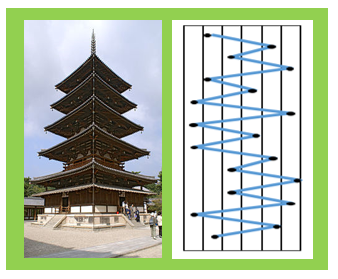
It is said that the rainflow counting method was inspired by pagoda style roof systems….
Endo developed the algorithm while a visiting professor at the University of Illinois in Urbana-Champaign along with M. Matsuishi.
1986 – First ASTM Rainflow Counting standard E1049-85 is published.
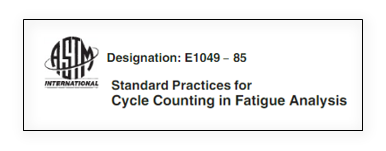
ASTM E1049-85
Covers multiple methods including peak counting, range-pair counting, and rainflow counting.
More Fatigue and Durability links:
Other Articles:






